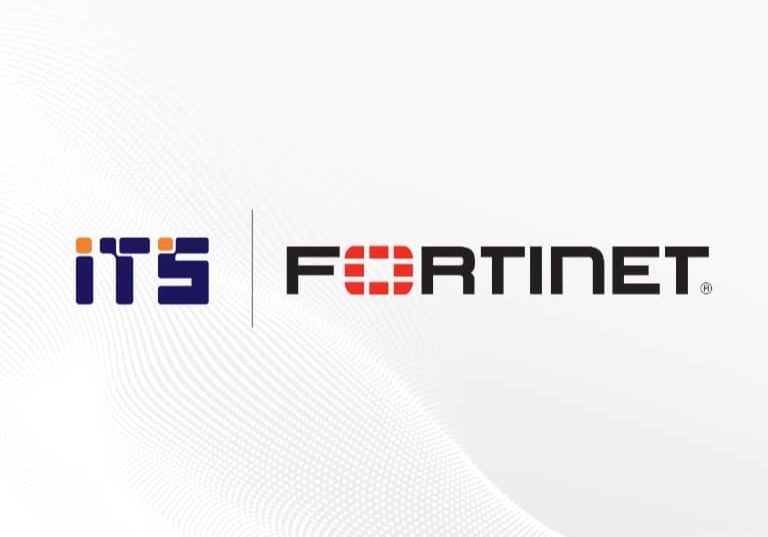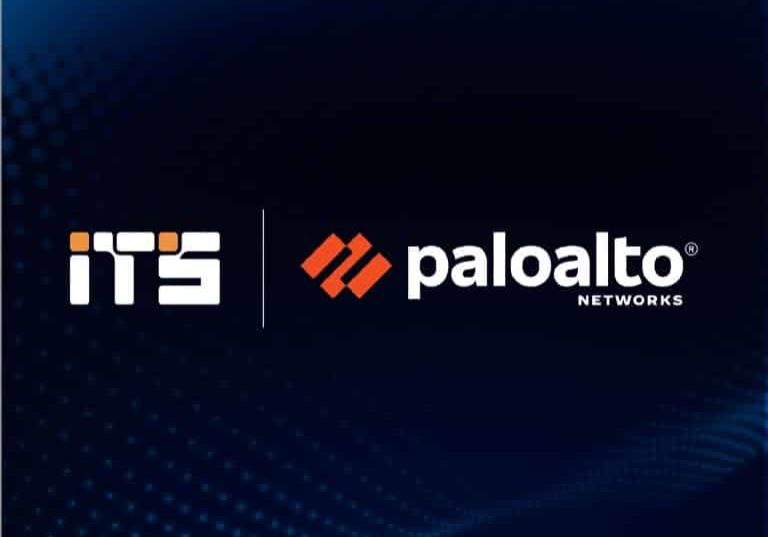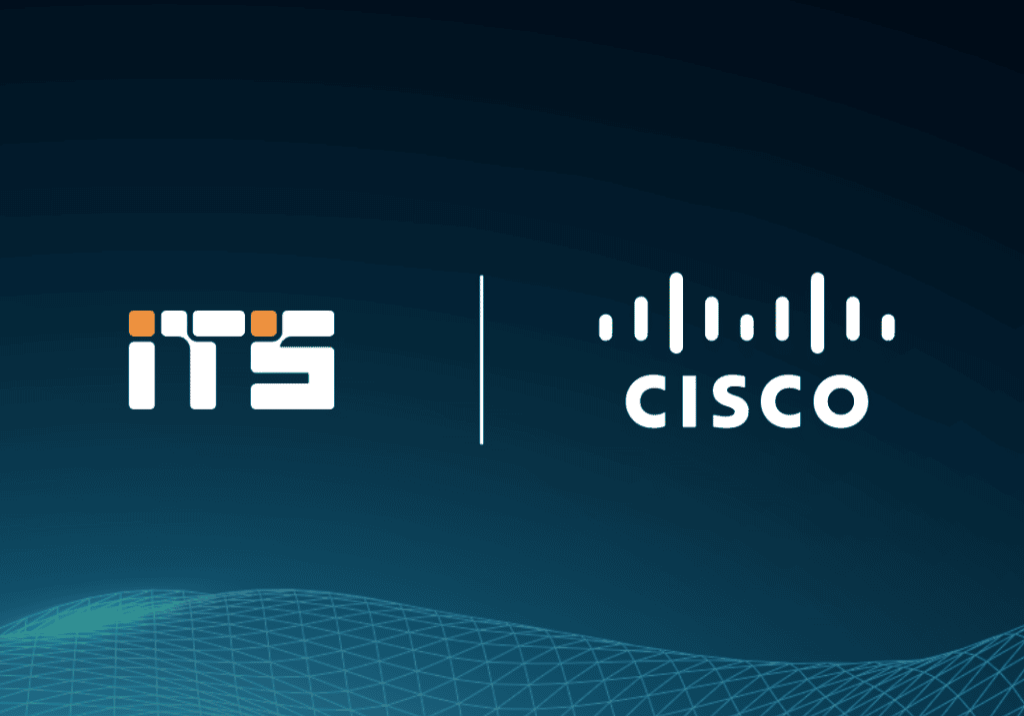The financial services industry is transforming at unprecedented speeds and the buzzword for this new digital economy is ‘connected’. With emerging technologies witnessing the Financial Technology (Fintech) market grow exponentially, with the MENA fintech market in particular projected to be valued at $2.5 Billion by 2022, customers are now more than ever empowered with choice, and financial institutions must connect and collaborate with FinTechs and other Third-Party Providers (TPP) to provide customers with the immediate, personalized and customized banking services they now demand in the connected economy.
This is where Open Banking comes in. Open Banking allows the sharing of financial information, electronically and securely, with the consent of the customer through an open API or Application Programming Interface, so that Banks and FinTechs can develop and deliver the services customers’ want and need. This increased collaboration is what is shaping the future of the industry and banks that fail to address open business models and open APIs designed with collaboration and partnership in mind may not be an option in the new Digital Economy. Although 69%of banks* plan to become Open Banking ready, most haven’t implemented APIs, the critical technology enablers for several use cases in banking, including application integration, banking as a platform, innovation, and client connectivity.
ITS has partnered with ApiGo to offer a comprehensive plug and play platform to support banks in getting Open Banking ready fast. This means becoming fully compliant with regulations such as PSD2, while attracting and working seamlessly with FinTechs as TPPs. It’s the Next-gen API software / management solution that creates the best user experience with all partners including Enterprise Architects, Developers, Digital Neobanks, Fintechs and Bank Customers, and is a fast and easy way to adapt to banking regulations. With ApiGo, banks can unlock new customer segments, all while saving up to 30% on system costs, by reducing upfront infrastructure costs and eliminating ongoing customer support costs, and reduce installation time by 75%, and with 50% of cloud-based services already integrated into the product, it delivers fuller features and capabilities from day one.
Sources
*Accenture Report (Open Banking: Adoption Increases, but Barriers Challenge Path to Collaborative Openness),









